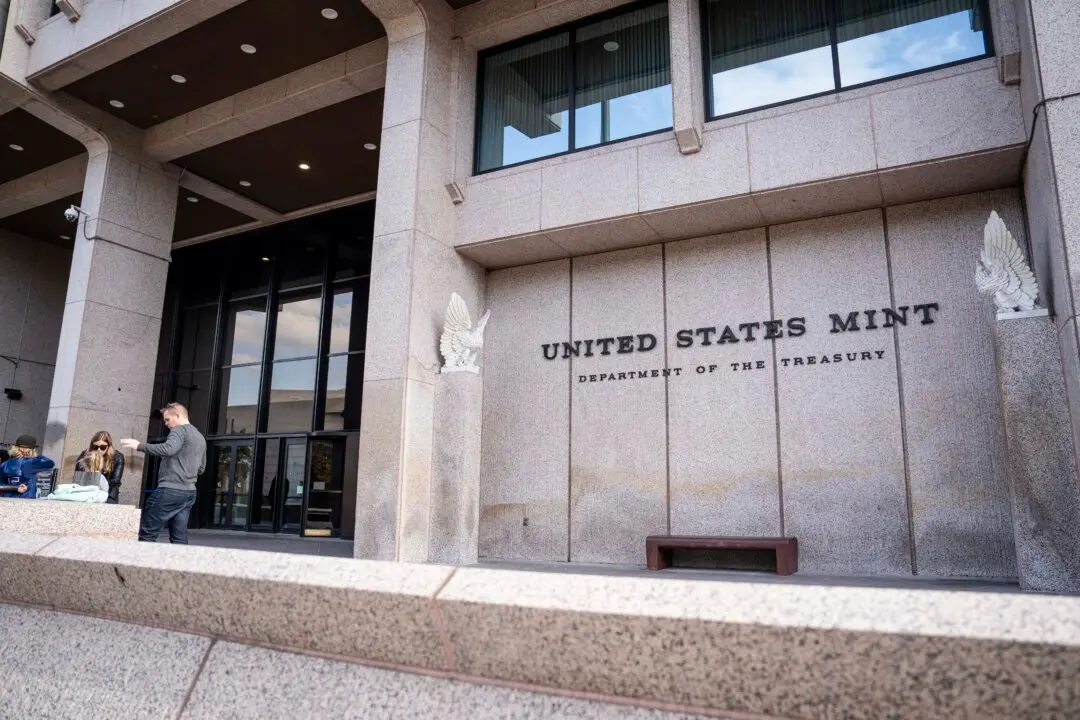Is winter over in the global cryptocurrency market?
While prices are still off their all-time highs in November 2021, Bitcoin and other digital tokens rallied in the first three weeks of 2023, creating another FOMO (fear of missing out) environment among investors.





